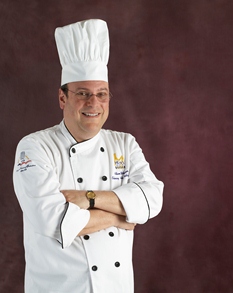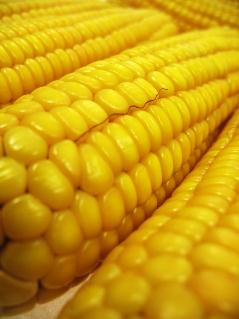Mayo’s Clinic: Evaluating Student Papers
Wednesday, 30 November 2011 19:00
 Although this part of case-study teaching can be arduous, there’s real value in reading papers. Doing so allows us to suggest ways to improve students’ thinking.
Although this part of case-study teaching can be arduous, there’s real value in reading papers. Doing so allows us to suggest ways to improve students’ thinking.
By Dr. Fred Mayo, CHE, CHT
Last month, we discussed Types of Case Studies, as part of the continuing series on case studies. This month’s Mayo Clinic is about evaluating student papers, an aspect of case-study teaching, but also one of the challenges of teaching that many of us dread or at least would like to avoid. In large universities with big classes, teaching assistants often help with, or complete, this task, but in most culinary programs, it is part of our teaching responsibilities. There are advantages and teachable moments involved.

 Contrary to what students might think, life is not like “Hell’s Kitchen,” where food can be discarded with abandon. Here are eight easy and effective ways to teach basic food-cost principles that will serve your students well.
Contrary to what students might think, life is not like “Hell’s Kitchen,” where food can be discarded with abandon. Here are eight easy and effective ways to teach basic food-cost principles that will serve your students well. The truth about GMOs.
The truth about GMOs. SandwichPro.com offers new on-trend sandwich-making demos.
SandwichPro.com offers new on-trend sandwich-making demos. The president of the American Culinary Federation led an entourage of U.S. chefs to partake in and contribute their talents to the Bidvest World Chefs Tour Against Hunger in South Africa in August.
The president of the American Culinary Federation led an entourage of U.S. chefs to partake in and contribute their talents to the Bidvest World Chefs Tour Against Hunger in South Africa in August.